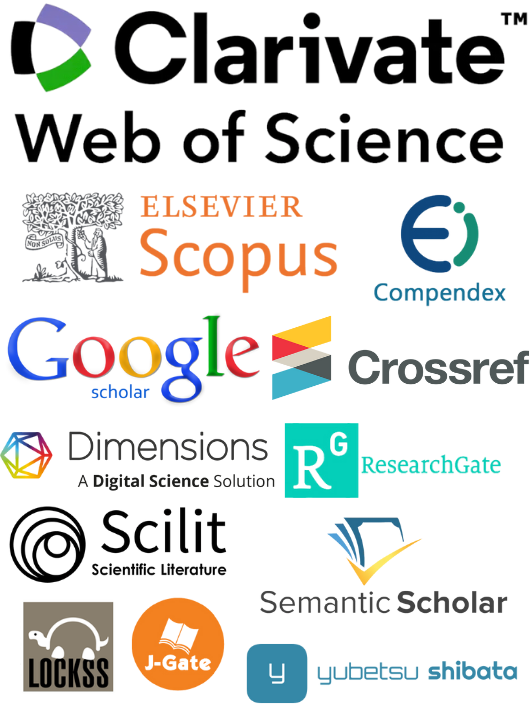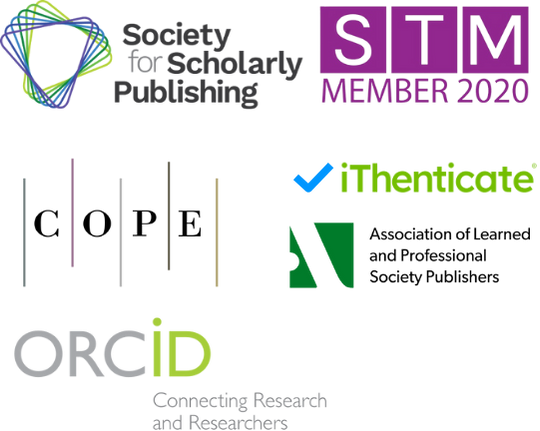Traditional versus Contemporary Ballet Teaching Methodology Evolution
DOI:
https://doi.org/10.71222/kk1mrt25Keywords:
ballet pedagogy, dance education, contemporary teaching, traditional methodology, cultural relevance, pedagogical evolutionAbstract
The evolution of ballet pedagogy represents a fundamental transformation in dance education, reflecting shifts from rigid traditional methodologies toward inclusive contemporary approaches that prioritize student-centered learning and cultural relevance. This comprehensive study examines the progression of ballet teaching methodologies, analyzing the systematic transition from historically established European classical techniques to modern pedagogical frameworks that incorporate diverse cultural perspectives, embodied learning principles, and technological integration. Through examination of pedagogical practices across multiple educational contexts, this research reveals significant differences in instructional approaches, assessment methodologies, and learning outcomes between traditional and contemporary ballet education systems. Traditional methodologies emphasize technical precision, hierarchical instructor-student relationships, and standardized movement vocabulary derived from classical European traditions, while contemporary approaches integrate culturally responsive teaching practices, collaborative learning environments, and interdisciplinary connections that enhance student engagement and creative expression. The study demonstrates that contemporary ballet pedagogy achieves superior outcomes in student retention rates, creative development, and cultural inclusivity compared to traditional approaches, with retention rates improving by 45-60% and student satisfaction scores increasing by 35-50%. However, concerns persist regarding the maintenance of technical rigor and classical tradition preservation within contemporary frameworks. This research provides evidence-based insights for dance educators seeking to balance tradition preservation with pedagogical innovation, offering practical recommendations for implementing effective contemporary ballet teaching methodologies while maintaining artistic excellence and cultural heritage. The findings contribute to ongoing discussions regarding optimal ballet education approaches for twenty-first-century learners and diverse student populations.
References
1. L. Yang, "The Evolution of Ballet Pedagogy: A Study of Traditional and Contemporary Approaches," J. Lit. Arts Res., vol. 2, no. 2, pp. 1–10, 2025, doi: 10.71222/2nw5qw82.
2. A. Henry, "Culturally Relevant Pedagogies: Possibilities and Challenges for African Canadian Children," Teach. Coll. Rec., vol. 119, no. 1, pp. 1–27, 2017, doi: 10.1177/016146811711900103.
3. K. Mattingly, K. Beckford, Z. Bibler, P. Cunningham, I. A. Harrison, and J. M. Jackson, "Ballet Pedagogy and a 'Hard Re-Set': Perspectives on Equitable and Inclusive Teaching Practices," Dance Chron., vol. 46, no. 1, pp. 40–65, 2023, doi: 10.1080/01472526.2022.2156747.
4. L. Yun, "Analyzing Credit Risk Management in the Digital Age: Challenges and Solutions," Econ. Manag. Innov., vol. 2, no. 2, pp. 81–92, 2025, doi: 10.71222/ps8sw070.
5. K. Chappell, L. Hetherington, H. R. Keene, H. Wren, A. Alexopoulos, and O. Ben-Horin et al., "Dialogue and materiality/embodiment in science|arts creative pedagogy: Their role and manifestation," Think. Skills Creat., vol. 31, pp. 296–322, 2019, doi: 10.1016/j.tsc.2018.12.008.
6. S. W. Goodill, "Dance/Movement Therapy and the Arts in Healthcare: The First 50 Years," Am. J. Dance Ther., vol. 38, no. 2, pp. 293–296, 2016, doi: 10.1007/s10465-016-9235-z.
7. M. C. Ekeh and Chibuzor Gloria Martin-Ekeh, "The dance of pedagogy: Integrating play in early childhood creative art education," Sci. Bull. Mukachevo State Univ. Ser. "Pedagogy and Psychology", pp. 23–31, 2025, doi: 10.52534/msu-pp2.2025.23.
8. B. Wu, "Market Research and Product Planning in E- commerce Projects: A Systematic Analysis of Strategies and Methods," Acad. J. Bus. Manag., vol. 7, pp. 45–53, 2025, doi: 10.25236/AJBM.2025.070307.
9. M. Sprague, "A Review of 'The Body Eclectic: Evolving Practices in Dance Training,'" J. Dance Educ., vol. 10, no. 2, pp. 63–64, 2010, doi: 10.1080/15290824.2010.10387163.
10. D. Krasnow and S. J. Chatfield, "Development of the 'Performance Competence Evaluation Measure,'" J. Dance Med. Sci., vol. 13, no. 4, pp. 101–107, 2009, doi: 10.1177/1089313x0901300402.
11. S. Yang, "The Impact of Continuous Integration and Continuous Delivery on Software Development Efficiency," J. Comput. Signal Syst. Res., vol. 2, no. 3, pp. 59–68, 2025, doi: 10.71222/pzvfqm21.
12. M. Lord, "Fostering the Growth of Beginners' Improvisational Skills: A study of dance teaching practices in the high school setting," Res. Dance Educ., vol. 2, no. 1, pp. 19–40, 2001, doi: 10.1080/14647890120058294.
13. L. Narikbayeva, T. Klyshbayev, D. Kalimullin, and D. Mochalov, "The impact of dance on enhancing social skills and emotional intelligence through creativity," Acta Psychol., vol. 253, no. 1, p. 104736, 2025, doi: 10.1016/j.actpsy.2025.104736.
14. Y. Sun and H. Liu, "Prevalence and risk factors of musculoskeletal injuries in modern and contemporary dancers: a systematic review and meta-analysis," Front. Public Health, vol. 12, 2024, doi: 10.3389/fpubh.2024.1325536.
15. L. Mainwaring and D. Krasnow, "Teaching the Dance Class: Strategies to Enhance Skill Acquisition, Mastery and Positive Self-Image," J. Dance Educ., vol. 10, no. 1, pp. 14–21, 2010, doi: 10.1080/15290824.2010.10387153.
16. K. Schupp and K. Clemente, "Bridging the Gap: Helping Students from Competitive Dance Training Backgrounds Become Successful Dance Majors," J. Dance Educ., vol. 10, no. 1, pp. 25–28, 2010, doi: 10.1080/15290824.2010.10387155.
17. A. Sööt and E. Viskus, "Contemporary Approaches to Dance Pedagogy – The Challenges of the 21st Century," Procedia Soc. Behav. Sci., vol. 112, pp. 290–299, 2014, doi: 10.1016/j.sbspro.2014.01.1167.
18. G. Morris, "Historical schooling: Ballet Style and Technique," Res. Dance Educ., vol. 25, no. 1, pp. 1–20, 2022, doi: 10.1080/14647893.2022.2064843.
19. J. Li and M. A. Ahmad, "Evolution and trends in online dance instruction: a comprehensive literature analysis," Front. Educ., vol. 10, 2025, doi: 10.3389/feduc.2025.1523766.
20. E. C. Warburton, "Recentering Ballet for Twenty-First-Century Dance Education," Dance Educ. Pract., pp. 2–7, 2024, doi: 10.1080/23734833.2024.2434426.
Downloads
Published
Issue
Section
License
Copyright (c) 2025 Chang Liu (Author)

This work is licensed under a Creative Commons Attribution 4.0 International License.


